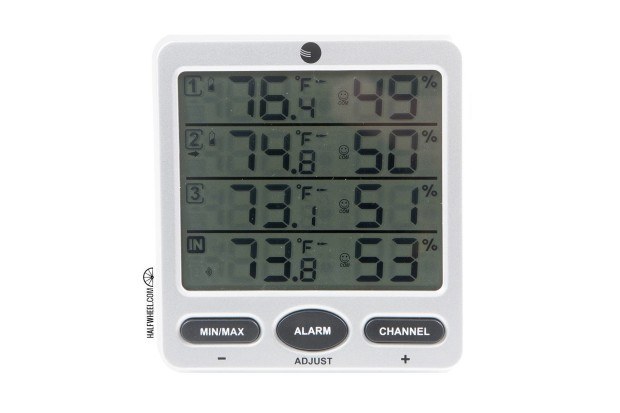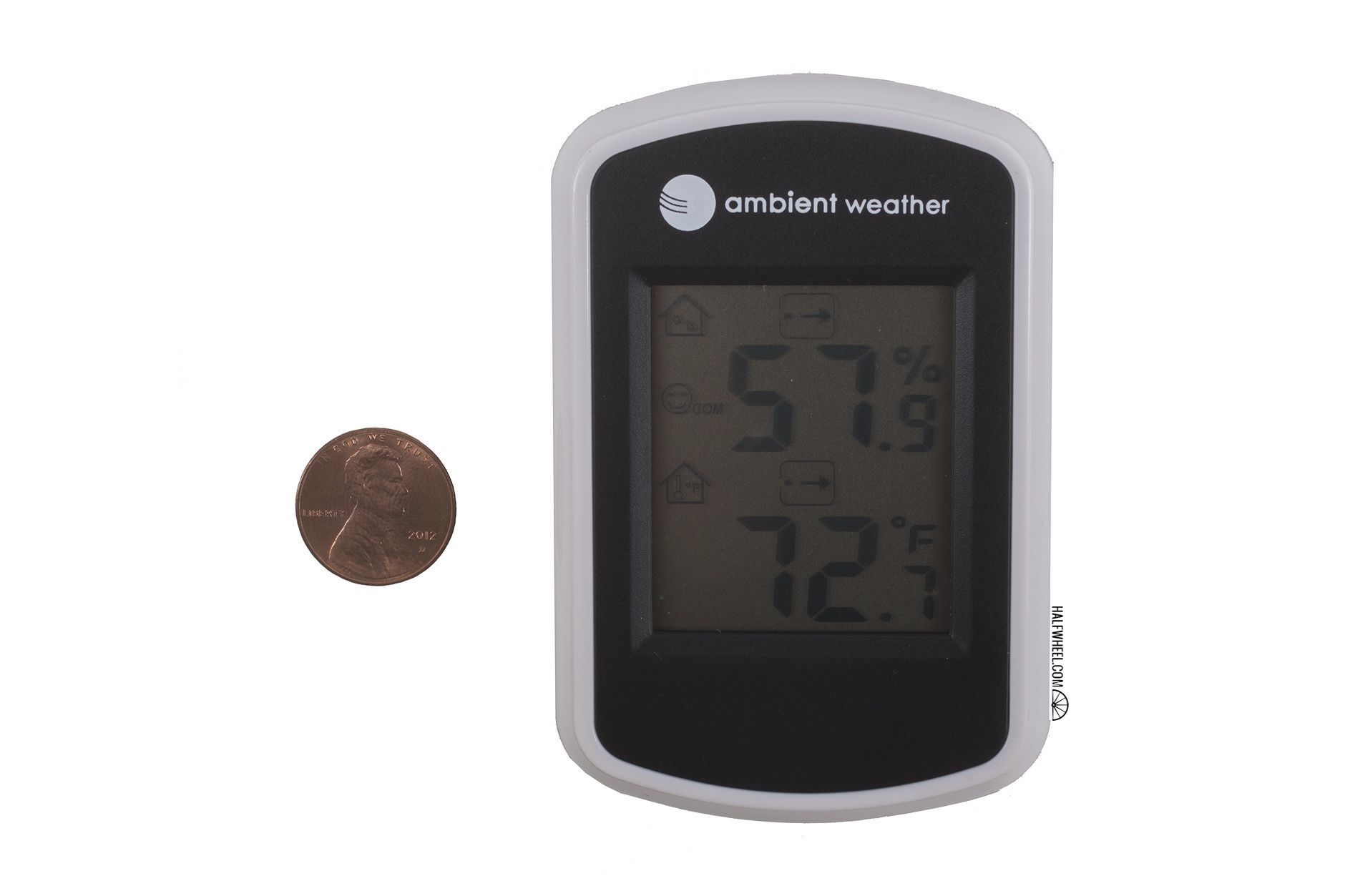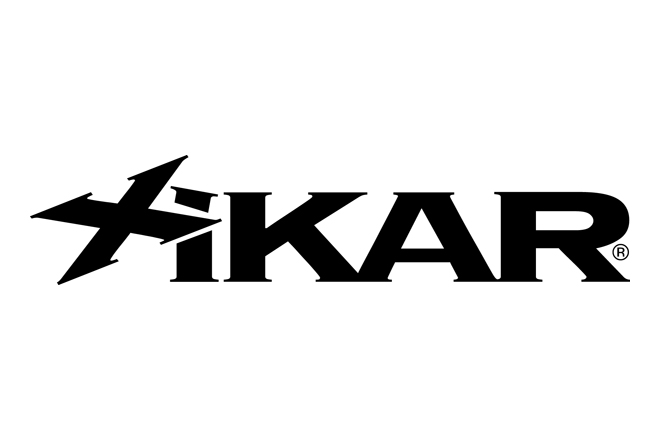About a year ago I reviewed the XIKAR PuroTemp Wireless Hygrometer, a wireless system designed to track the conditions within your humidors. The XIKAR system worked, but it was expensive—$79.99 for the base unit, which only included one sensor, and $39.99 for additional sensors. In addition, it was limited to three remote units and the base unit itself didn’t function as its own hygrometer.
While I was researching the XIKAR and its competitors I ran across the Ambient Weather WS-10 ($52.99), a wireless hygrometer system that promised to fix many of my gripes with the XIKAR. It was a lot cheaper—a base unit with three sensors was only $60 compared to $160 for a complete XIKAR set-up—and the base unit functioned as its own hygrometer. Furthermore, the system was capable of having up to eight remote sensors, meaning the system could cover a total of nine humidors.

The Ambient Weather’s base system shares the XIKAR’s silver on black look, and while the XIKAR looks heavier—largely because of the brushed finish it uses—the Ambient Weather base unit is much bigger and heavier. It uses four AAA batteries, as opposed to the XIKAR’s two, which accounts for the bulk of the weight. The unit is much larger than the XIKAR at 4 1/2 wide and 5 inches tall, with a pullout stand in the back. The base unit displays the temperature, including a single decimal point for temperature, and an integer for humidity on an easy-to-read screen.
It has a button on the bottom left that toggles through the maximum and minimums for both the main base unit and sensors, an alarm button on the center to set and turn off the alarm and a channel button on the right that is mainly used for set-up.
Set-up of the base unit was pretty easy. I set the alarm to make sure it worked, which it did, and then was pretty much done.
Most of the work is done by the sensors, which measure 1 3/4 inches wide by 4 1/4 inches tall. Each features a tiny screen on the front that displays temperature and humidity in the same format as the base unit. On the back, the unit takes two AAA batteries and has a series of manual switches that are used to control the channel on which it operates. Once the switches had been set, I waited a few seconds and the base unit seemed to find them.
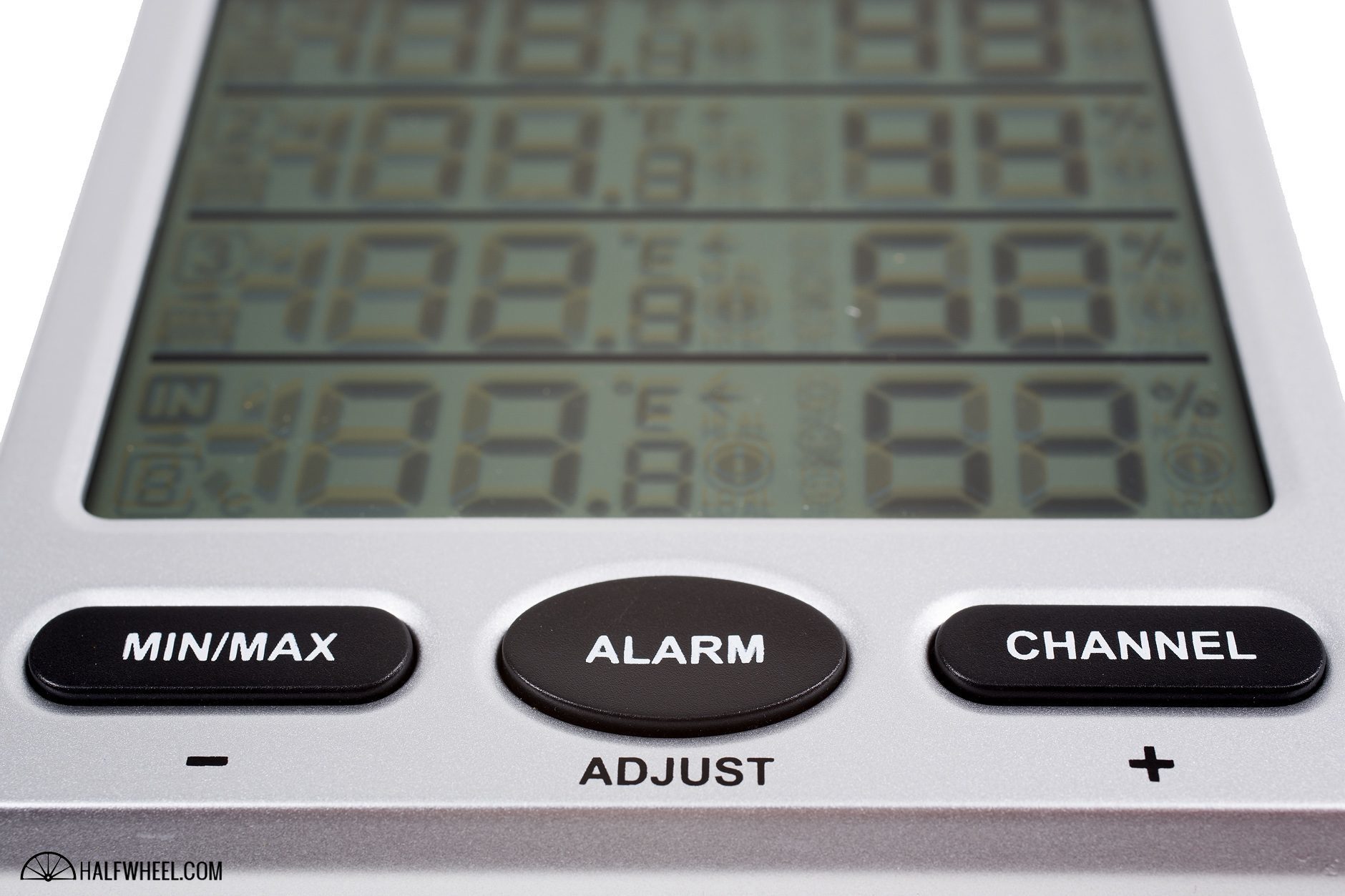
All but one of the remote units was within a percentage point of relative humidity; the one that wasn’t was reading two points lower. That’s fine in my book, but not perfect. While the units would make temperature adjustments within a minute, the humidity seemed to take a bit longer to fully adjust, which isn’t terribly uncommon. For the last handful of months, the units have worked consistently.
The only real other test was the distance; Ambient Weather claims that the units will work to around 100 feet in most conditions and up to 300 feet away from the base unit with line of sight. The units work well throughout the new office, with the remote sensors about 50 feet and a few walls from the base unit, but at 300 feet and with the line of sight blocked, as expected, it lost connection. Fortunately, once they got back in range, they automatically reconnected without any need to adjust the unit.
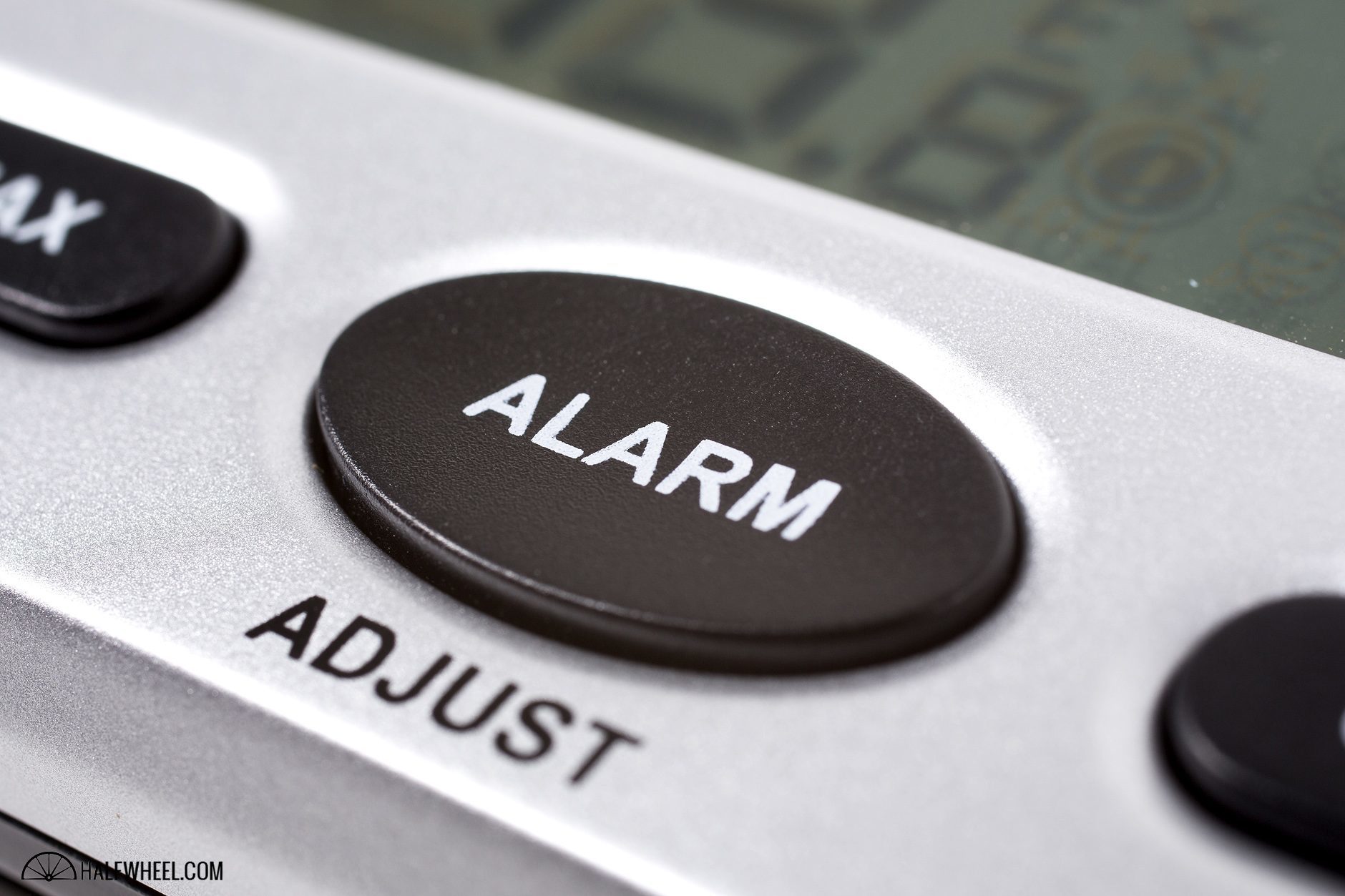
I have two main gripes with the Ambient Weather WS-10.
Battery usage is a bit excessive to the point where most people are going to need to buy a new 12-pack of batteries with the WS-10 because let’s face it, keeping 10 AAAs around the house is not something everyone does. Furthermore, if you want to expand this to its full capacity, you are talking about a total of 20 AAAs. I understand, that’s nine hygrometers, but it’s also about one additional battery per unit than what seems necessary. Still, it works, and batteries are cheap.
Of note, the unit does not come with batteries, but given how problematic included batteries were for the XIKAR unit, that’s probably a good thing.
Second–and this is a lot more minor–I’m not sure why the back of the remote units needed to be screwed in versus using a tab. It’s an annoyance, not really a flaw.
The Ambient Weather is a better product compared to the XIKAR. Outside of looks, battery usage and warranty, the XIKAR doesn’t have an advantage. The WS-10 works just as well, includes more functionality and is drastically more affordable. Ambient Weather is hardly the only one that makes wireless systems like this and I suspect in a few more months you’ll be reading about another one I’m currently testing. That being said, Ambient Weather is generally cheaper than its competitors and the product works.
Just a note, Ambient Weather makes a few different versions of this product, but you’ll want the WS-10. The WS-07 is about $10 cheaper, but its base unit can only display one environment at a time, meaning you will have to toggle through to see the rest of the sensors. While the WS-09 shows two remote units and a base unit, it only reads temperature.
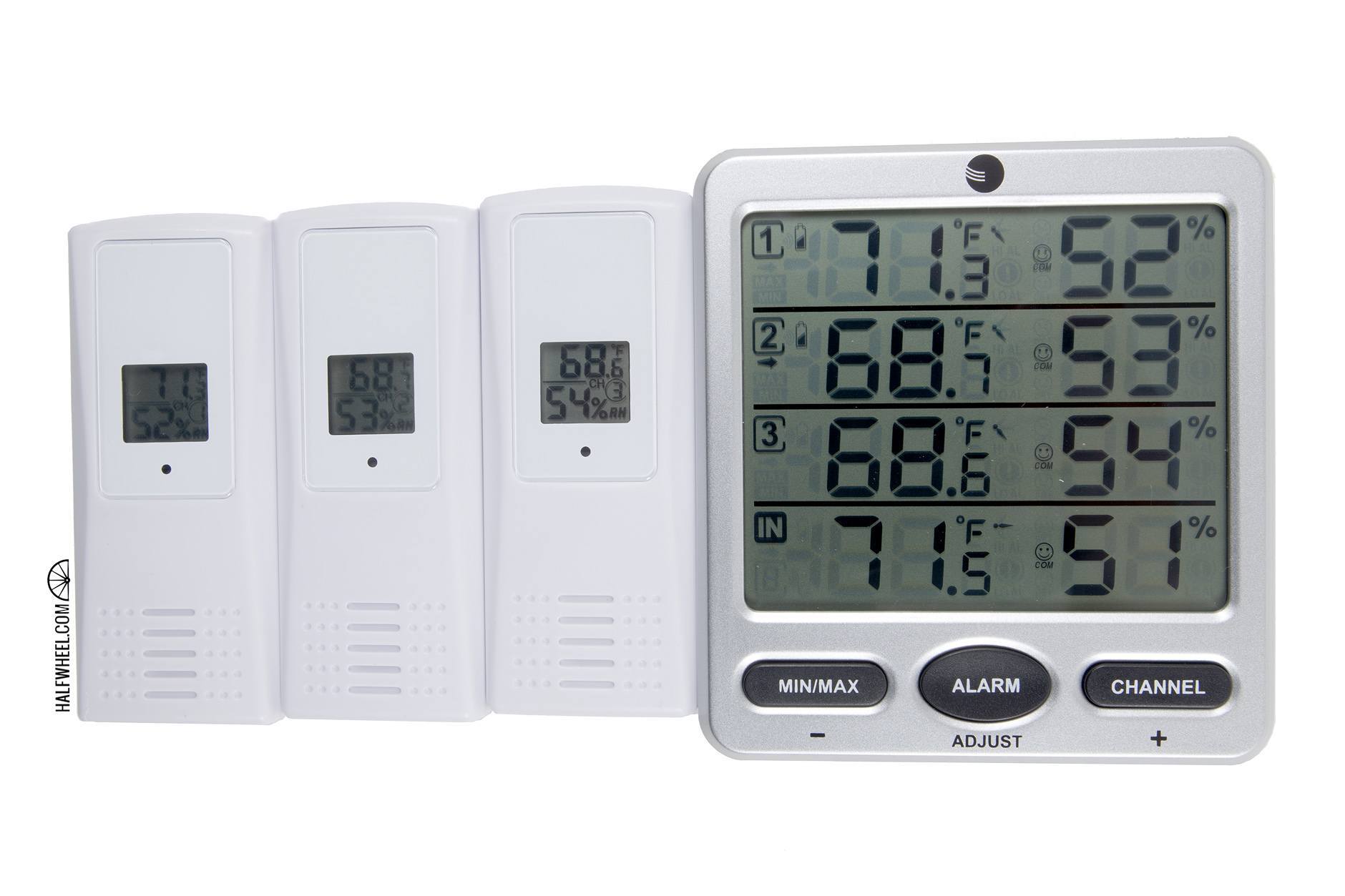
The Ambient Weather WS-10 is what I wanted. It solved my issues with XIKAR’s PuroTemp and at least for the six months I’ve been using it, it’s functioned very well. I’m not sure how big of a market this is, but if you have a few coolers, some desktops and a cabinet and want to avoid having to open everything to check temperature and humidity, this is a great option.

